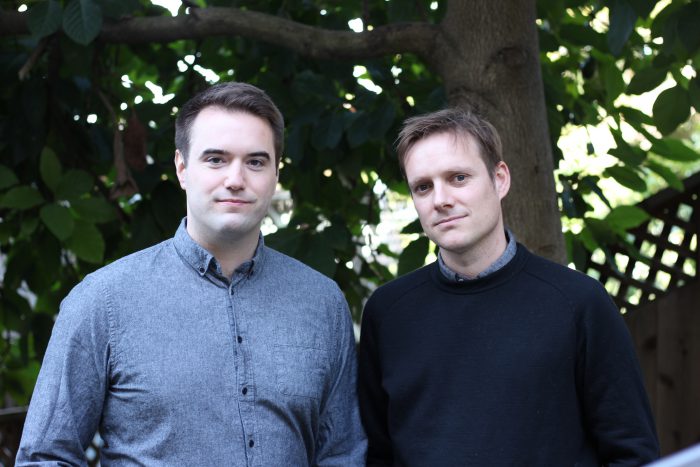
Indie email newsletter fans got some disheartening news last month, when Inc. reported that TinyLetter, its niche email newsletter platform, would be folded into its parent company, MailChimp. MailChimp CEO Ben Chestnut soon clarified, saying the company does not plan to make any changes to TinyLetter this year.
Regardless of TinyLetter’s timeline, Substack thinks there’s opportunity in the uncertainty. The company, which we first covered in October, offers a set of publishing, analytics, and subscription tools designed to make it simple for independent writers to launch and monetize their own publications. And it said on Tuesday that it will finally open those tools up to anyone interested in using them to create their own free or paid newsletters.Christopher Best, Substack’s CEO, said that the move is a significant one for the operation, which until now only worked closely with a small, invite-only group of writers. But he said that Substack is comfortable opening up access to the tools because “we’re at the point now where we think the core of what’s there works.”
Substack has shifted its approach significantly since its launch. While the platform was initially built around website creation, it’s since changed gears to focus more on newsletters. “We had a lot of people tell us that the feature they liked most was the simplest — the newsletter tools,” Best said. “Readers give money, they get an email. We had a lot of readers tell us that the product is almost invisible. They like that it gets out of the way and puts the writing at the center.”
Indeed, many of the most successful publications on Substack so far are built around paid newsletter subscriptions. The most prominent of these is Sinocism China Newsletter, which is published four times a week and offers subscribers insights and commentary about current events in China for $15 per month, or $168 per year. Bill Bishop, a serial entrepreneur and investor, started the newsletter in 2011 and ported it over to Substack last fall. His audience came with him: Within the first 24 hours of relaunching the newsletter, Bishop had pulled in six figures in revenue.
“What we hear often is that readers are grateful for the opportunity to pay for writers they love,” said Substack cofounder Hamish McKenzie.
Substack is looking to prove that it can be a viable platform for a variety of writing, not just industry news. The Toast cofounder Mallory Ortberg, longtime NBA writer Kelly Dwyer, and futurist Stowe Boyd are all seeing success with their early publishing efforts. “People will always pay for news they can put on the company credit card, but we’ve always believed that that it’s far from the only thing people will pay for,” Best said.
Substack’s overall business is still in the early stages. The company takes a 10 percent cut of subscription revenue and has joined the latest class of tech accelerator Y Combinator in an effort to further develop its business model.
Best and McKenzie say they’re optimistic about the future of Substack because the company will capitalize on both the increased comfort people have with paying for content online, and the appetite for deeper, higher quality news experiences. “Facebook and these massive scale-driven platforms will try to pour content down your throat and keep you almost perpetually dissatisfied so you keep looking for that next hit,” said McKenzie. “But the email-focused approach means you’re being selective with the content you choose to put in your brain. You have to make a decision to pay for something and you have to make a decision to invite the person into your inbox. It’s something we think people are going to want more of.”